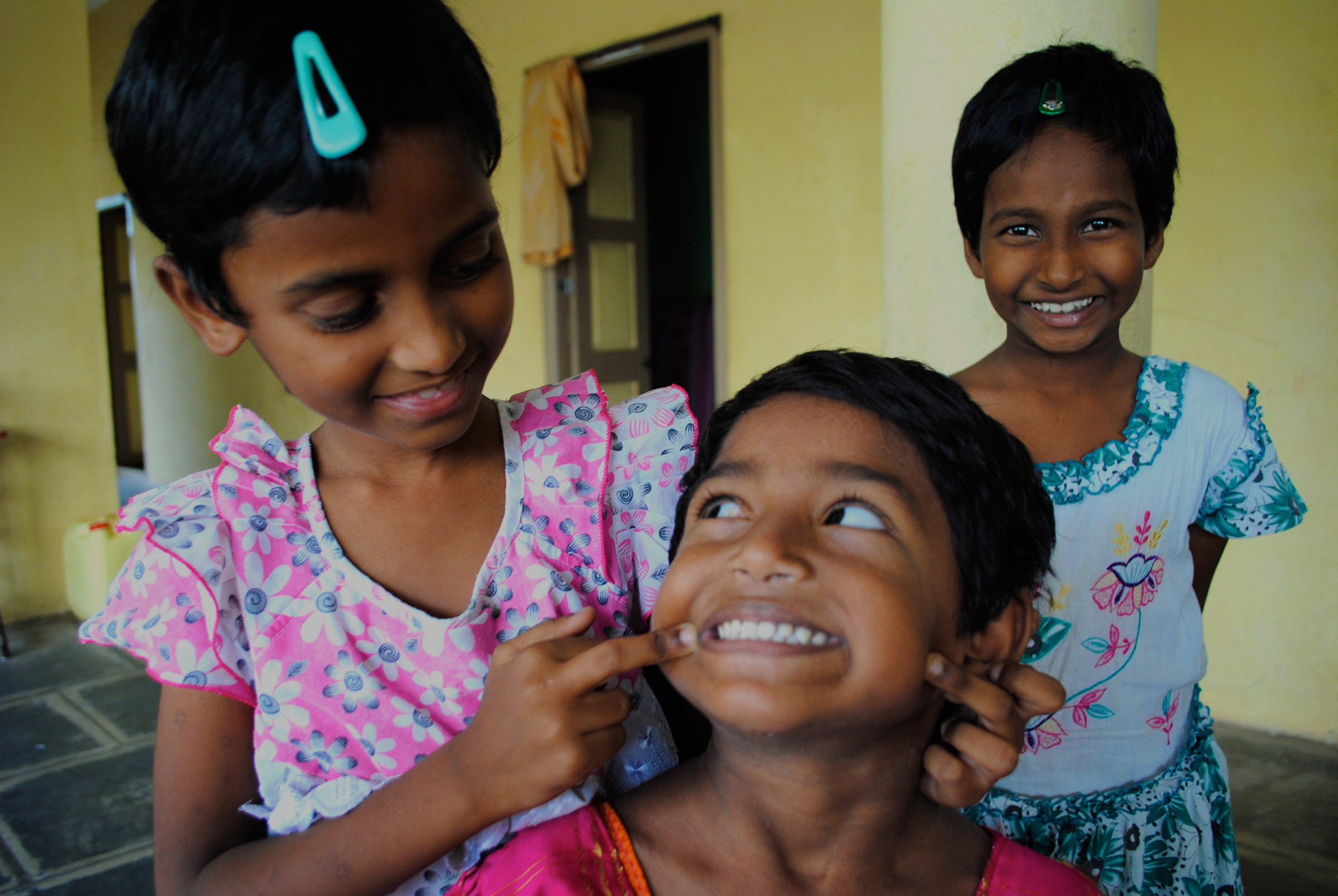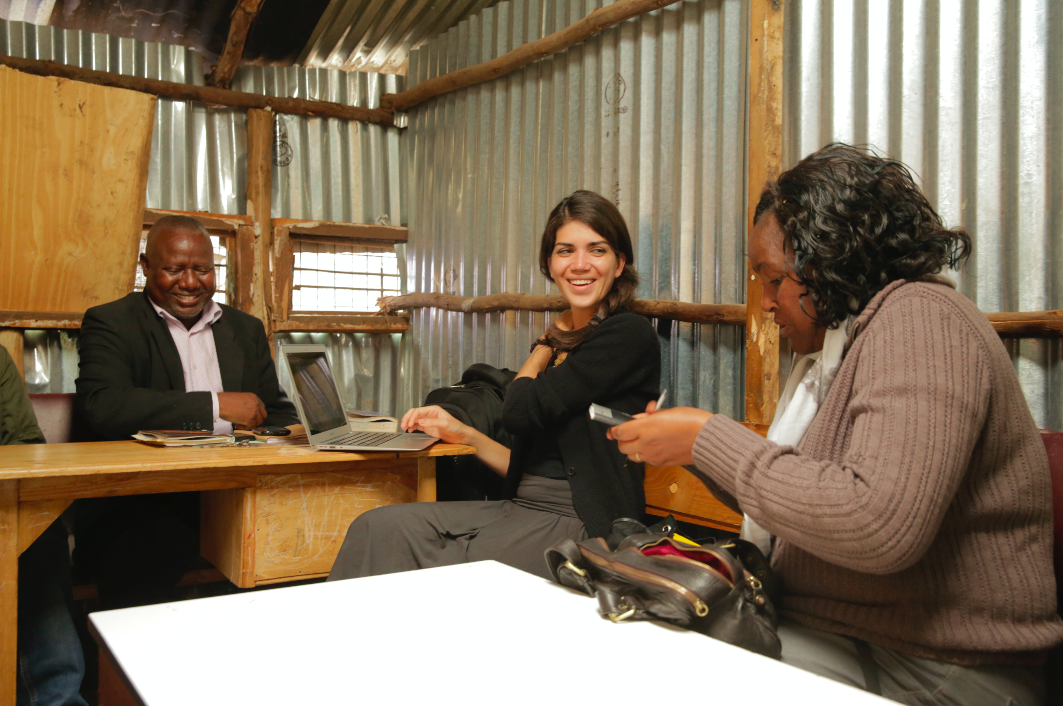Let’s Keep Families Together
Julio is 10 years old. He has a million-dollar smile and a puff of brown curls on his head. I’m taken to him particularly because he instantly attached to me when I arrived at the orphanage he lives in, holding my hand and showing me around. He clearly yearns for a connection, but unfortunately, his mother lives in extreme poverty and cannot provide for him, however much she wants to.
Paul is still living at the Good Samaritan Home four years after I first held him in my arms on a trip to Kenya, when he was only months old. He was abandoned in the slums of Soweto, with no record of a family. Four years have gone by and no one knows who left him on the side of the road, and he has not been able to be adopted.
Kevin is 13 years old. He ran away from a home where there was no food and rife with instability, and ended up at the Welcome to the Family center. But he often thinks about this family, yearning to return to see his loved ones.
These are just a handful of children that I have met over the years – children with real stories of need, of hope, of trying to find a place they belong in the world.
And that place, truthfully, is not in an orphanage, no matter how well-intentioned the directors who run it are, no matter how much the caregivers who work there care, no matter how “inspiring” the naive foreign volunteers who come bearing gifts find them.
The place where children belong is with their own family, immediate family if possible, extended family when not, and at the very least, within their own community.
Kitechild has evolved significantly in our past seven years of operation. We started off with a goal to empower children living in orphanages, so that they could break the cycles of poverty that often led them there. We didn’t know how to do this, and we didn’t know much abut orphanages in general. We just thought what much of the general public did: that orphanages were necessary because the parents of these children had neglectfully abandoned them, or they all had died of AIDS or other diseases.
But as we started to visit these homes, in places all over the world including India, Kenya, Mexico, and Central America, we realized that 90% of the children living there had families, families which they missed and who missed them. The main underlying factor that led these children to living in an orphanage, away from their families, was extreme poverty. When a mother faces the cruel reality that she has no food for her child, or no money to send him to school, leaving him vulnerable to recruitment into a hard life on the streets, an orphanage providing food, shelter and education is seen akin as a boarding school, albeit one that will separate her and her child.
As a mother myself, this is not a choice that any mother should have to make. It pains me to think of mothers and fathers who reach a desperate point in their lives where they can’t provide for their own child, and send them away in hopes of a better life. Because truthfully, this is not about lazy parenting, or neglectful parenting, this is about families who live in countries with high poverty rates, countries where little to no social services exist, or countries where the chances of finding stable, safe jobs are minimal.
Of course, not every child’s case is due to poverty. There are children who have experienced significant abuse, unimaginable torture, sex trafficking, willful and cruel neglect, stigmatization from their community due to AIDS or because of their caste, female genital mutilation, tribal warfare, etc. etc. Those are all very real cases that still happen today. And for those children, there is no “Child Protective Services” such as we have in the U.S. There is only the open door of the nearest orphanage, where they can only hope the staff will be kind, there will be social counseling available, and ways for them to find a new family or reunite with the old one day.
All this we have learned in our 7 years of research and traveling in the field, and this has greatly changed our perspective on how we feel we can best empower these children to thrive. We acknowledge the need of an orphanage in places where no other safety net exists, but we are also supporting community outreach programs that help families stay together and not be separated due to lack of food or access to education.
But it does not stop there. We have the ability to push for stronger policy in terms of child protection. That is why our latest project deviates from our traditional sustainable, income generating projects. This project is being done in conjunction with the Kenyan government, who have a very limited budget when it comes to their Children and Family services. (Why they have this small budget is another story (read: mismanagement) but we will not go there). Thus, Kitechild is sponsoring a 2 day training program for 27 orphanages in Nakuru county. This conference will focus on guiding each home to create an exit strategy for their children: meaning, a strategy to successfully re-integrate eligible children back with their families or with extended family in their own communities. The importance of social workers and commitment will be stressed. The timelines and budgets will be outlined, and we will have a follow up training in the first quarter of 2018 to follow up on progress and record how many successful integrations have occurred, what the challenges are, and best ways moving forward.
The goal of this training is to further educate and spread awareness to orphanage directors and caregivers on the importance of making every effort to keep children with their families, whenever it is safe and healthy to do so. Many of the directors I have met are no doubt selfless, kind, and good hearted people who see it as their ‘calling’ to help at-risk children, but they do not realize that rather than taking in as many children as possible, what would be better for the child is to support the child while living at home. Plus, these type of outreach programs are more cost effective than housing a child in an orphanage.
The funding needed for this campaign is not very much – around $1900.00. I strongly believe in the way in which Kitechild is moving forward, and I hope that you can join me as we continue to create real, measurable, and long term change in the way that at-risk children are empowered to thrive.
With gratitude,
Jacqueline Herrera
Co-Founder and Director
Other Blogs
#TBT! Check out this video from our first little fundraiser we did back in 2010! We all have to start somewhere, and this is a great example of the ways YOU can be a Kitechild ambassador – hosting small get togethers in the community, donating a birthday, etc. are all great ideas! To get started, […]
Read MoreYou’ve had your black Friday, small business Saturday, and cyber Monday, now it’s Giving Tuesday, an official UN recognized day to give back amidst all the recent material frenzy. You can donate a cow for our recent farm project in Kenya, a water filter, or the gift of education for our kids in India. We […]
Read More



